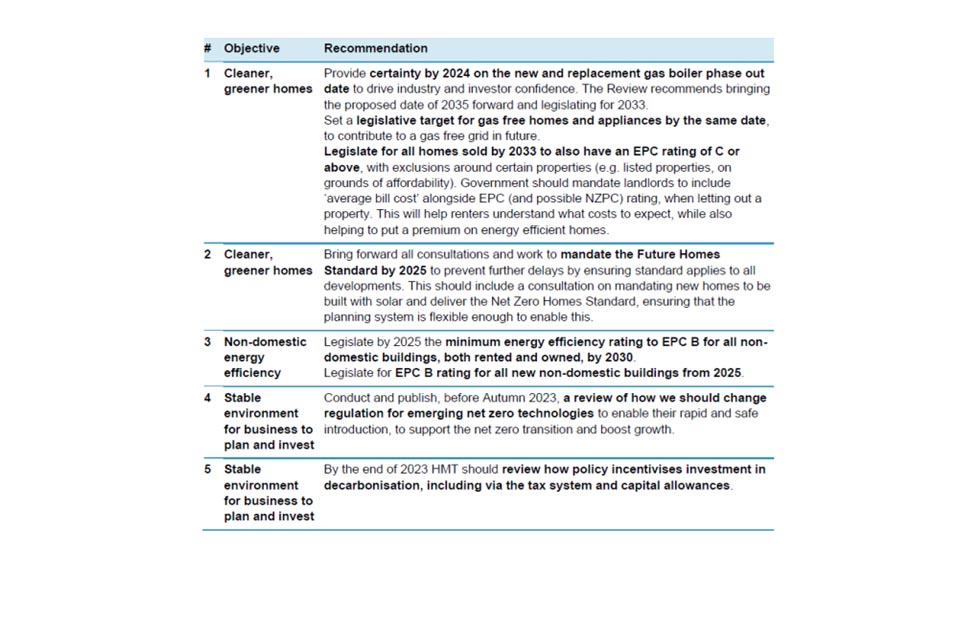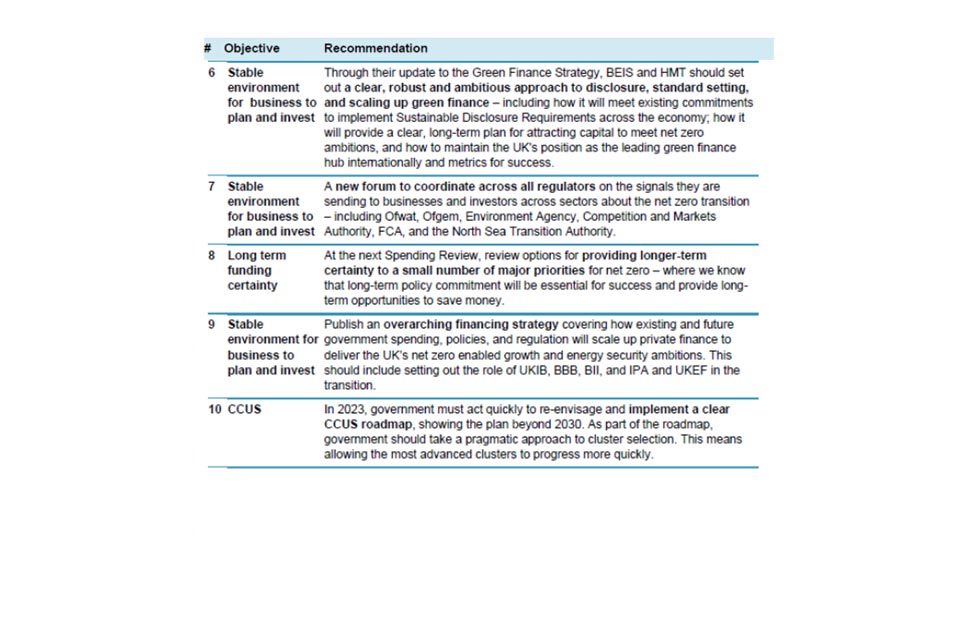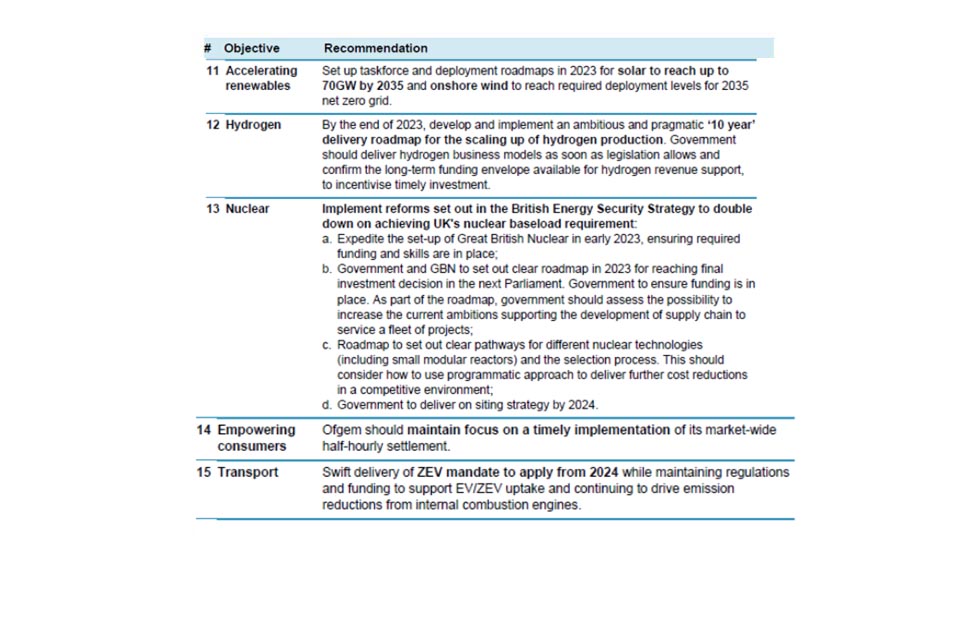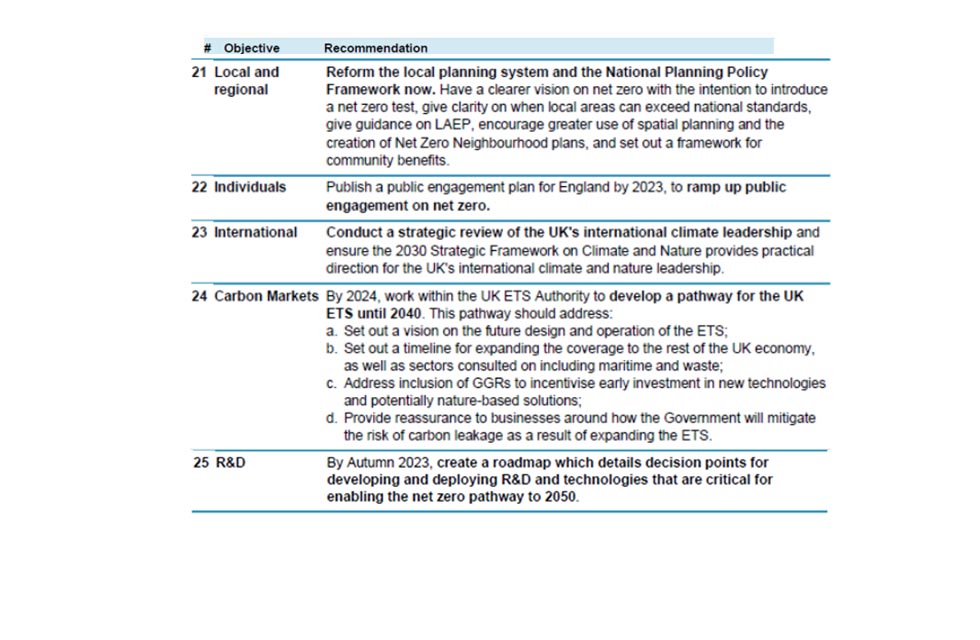So, we have 5 weeks until April which is the deadline for the UK Government to set out more details as to how the legally binding net zero target will be achieved in accordance with the requirements set out in the Climate Change Act of 2008
It is clear to see that the pieces are moving into place with the recent announcement of the new Department for Energy Security and Net Zero which in their own words has been tasked with “securing our long-term energy supply, bringing down bills and halving inflation.”
I’ve already looked at what the “Mission Zero – independent review of Net Zero” report set out to highlight, share, demonstrate, and how it was structured, which you can read about in my previous blog.
Now to look at some of the detail within it and how that relates to the HVAC market. Where I am quoting directly from the report, I have highlighted this in italics. You can read the full report here.
Maybe this is another opportunity for the government to get behind the Northern powerhouse and the idea of levelling up?
25 things by 2025
I’m sure many of the suggestions in this document will shape future government policy, however the report highlights the speed with which this needs to happen – it uses the phrase “25 for 25” which relates to the 25 things the government should do by 2025;
“The Review recommends that, alongside the comprehensive prescription of policies across all sectors outlines in the Report, that the Government meet the net present danger of not acting fast enough by taking forward a series of no regrets and no excuses policy recommendations that can be delivered now, as soon as possible.
“We have termed these the ‘25 by 2025’ that the Government must seek to take forward recognising that there is no time to waste.
“This is not to suggest that these are the most important recommendations in the report— but to recognise the essence of acting sooner rather than later.
“The ‘25 by 2025’ set out twenty-five policies that the Review believes that the Government can take forward now, to deliver meaningful change that will have a positive impact on the UK’s net zero ambitions.
“Of course, other recommendations must be taken forwards, but we recognise the need to above all build long term certainty and stability for these measures to succeed.
“The ‘25 by 2025’ can provide an immediate signal of the Government’s intent to deliver on net zero, but also to remove the barriers that are preventing business and industry going further, faster.”
These 25 key actions are listed in the slideshow below and they are prefaced with the following statement:
“Tackling the biggest challenges will require government and industry work in partnership, over the long term, bringing about a new economy. This will bring green British jobs, and an economy that is solving global challenges and capturing opportunities to export our technologies and expertise. To go further, faster, the Review calls for action on our key 25 for 2025 recommendations.”
Trailblazer city
You could argue these are all important and applicable to us and our market.
However, I find one in particular, No.20, very interesting. If we can fully back a trailblazer city to get to net zero by 2030 this could crystalise many of the ideas designers and manufacturers have and rapidly de-risk many of these solutions by proving they work and can be delivered in such a short time-frame on a large scale.
I wonder which city will be chosen if this idea is taken up?
Manchester has been strongly promoting itself in this space for a long time, as has London?
Maybe this is another opportunity for the government to get behind the Northern powerhouse and the idea of levelling up?
Moving on and looking at the first two of the six pillars the report breaks its recommendations down into, we can summarise as follows;
Pillar 1 – Securing Net Zero
Stability and long-term strategies are key especially as infrastructure projects need to be financed, planned and delivered over a long period – fundamental changes to UK infrastructure are crucial to achieving Net Zero
“The Review has heard calls from all quarters for a step change in how we plan, build, and operate key infrastructure that will underpin the transition”
On our first round of Net Zero roadshows we highlighted the individual local climate action plans of many local authorities and how they differ from each other and focus upon different things depending upon the challenges in their area (both geographic and regulatory control depending upon their devolved powers etc.) – the report highlights this:
“On a local level, differing approaches between boroughs or local authorities create barriers for businesses to invest and predict demand”
The government must move away from short term stop/start incentives and funding streams to allow long term investment:
“Certainty for business and consumers is critical but as highlighted repeatedly in this Committee’s recent reports…, government has too often pursued stop-start strategies which undermine confidence for business, investors and consumers in committing to measures which would reduce carbon emissions, especially when some green alternatives are still significantly more expensive than current options.” – Public Accounts Committee, 2nd March 2022102
A good example of this could be the Green Deal
Even the allocated time to apply for different funding streams/grants etc. can be too prescriptive and too short to allow properly strategized approaches to be taken, carbon reductions to be maximised and best value to be extracted – a good example being the Public Sector Decarbonisation fund which had an extremely tight timetable to calculate potential carbon savings, put a full bid together, wait for allocation of funding and then deliver the project all within approx. 12 months!
A Net Zero Department
This Pillar called for some sort of office for Net Zero delivery which we appear to have been granted with the new government department mentioned above but with many of the biggest challenges and opportunities sitting across government departments it will be interesting to see how they start to work together and put net zero at the core of decision making
Another interesting point discussed in this pillar is the ability to report GHG data and display the UK’s progress towards net zero in a visual and meaningful way such as we do for GDP and inflation etc.
For our customers and the supply chains we work in, the mention of creating a Net Zero Charter Mark is very interesting – it proposes to highlight businesses that decarbonise
“Government to consider the adoption of a Net Zero Charter Mark – a mark to acknowledge “best in class” among firms in terms of their role in the transition to net zero. “
Pillar 2 – Powering Net Zero
This pillar covers everything to do with electrical infrastructure, carbon capture usage and storage, hydrogen, nuclear etc. and talks about the paradigm shifts required to provide future energy security as well as the generation and distribution capacity required to deliver low carbon energy to the UK
The report highlights that we will still be dependant upon fossil fuels for a number of years, but this should only re-enforce the need for rapid transition to greener power systems
“in the short term we still need oil and gas to secure our energy independence and as transition fuels towards 2050. We will continue to be dependent on gas and its wholesale price for multiple years, including for heating buildings”
“That is why, only when absolutely necessary for security, we need domestic production and storage of fossil fuels to reduce our vulnerability to international oil and gas imports “
The issue of rare earth metals such as Lithium, Cobalt and Graphite which are required for many of the technologies needed for our green revolution such as wind turbines, batteries and nuclear is highlighted demonstrating just how many areas additional work on a global scale is required – this is clearly an opportunity for the circular economy to assist.
Energy security
The other main part of Pillar 2 discusses energy security and how the spark gap between electricity and gas need to be narrowed to ensure that using clean electricity as a fuel source more attractive.
- “Commit to outlining a clear approach to gas vs. electricity ‘rebalancing’ by the end of 2023/4 (depending on the fossil fuel prices), and should make significant progress affecting relative prices by the end of 2024. “
There is also the challenge of installing new electrical infrastructure to meet the anticipated demand increase
“industry must deliver more than six times the amount of electricity transmission infrastructure in the next eight years than has been built in the past 30 years”
There is an interesting comparison drawn against what is happening in other countries such as Denmark, where electricity used for heating is supported via the tax system.
There is lots more in Pillar 2 about de-carbonising electricity supply and increasing renewable production as well as an entire section on Nuclear power, demand side response, Hydrogen, Carbon Capture Usage and Storage (CCUS – another acronym!) which I won’t go in to – in fact Pillar 2 is the longest chapter of the review at 68 pages!
In my next review, I’ll take a look at a couple more of the pillars.
Chris Newman is Net Zero Carbon Design Team Manager









